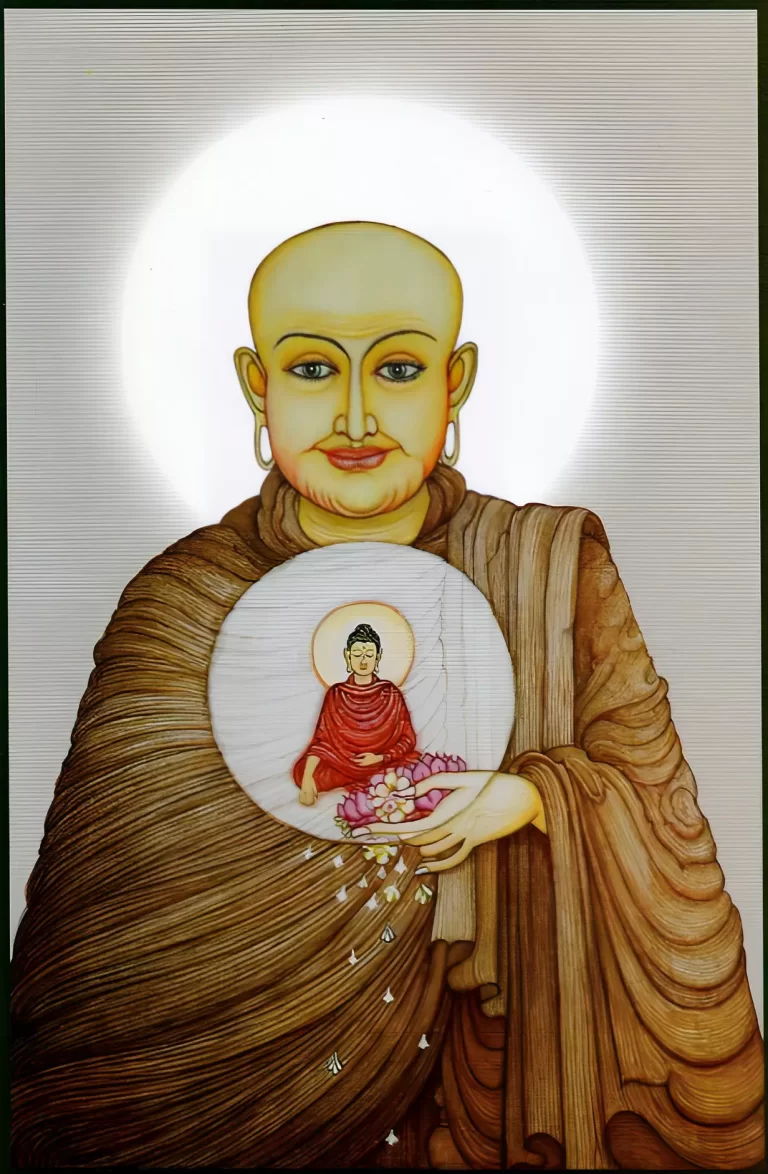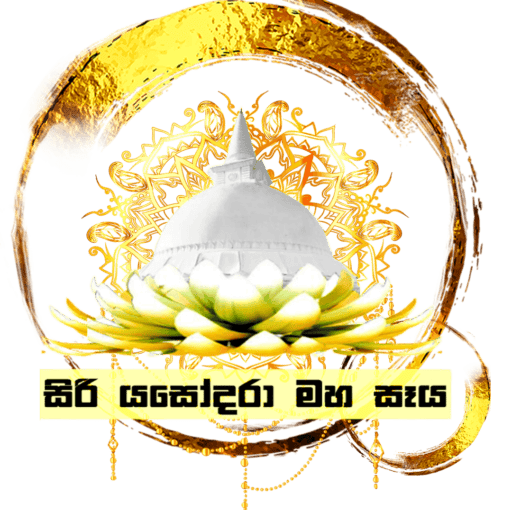Siṅgalakamātu Therī
Her Past Aspiration
The future Siṅgālakamātu Therī was born as the daughter of a court official, during the time of Buddha Padumuttara. She went to the Buddha’s monastery and after listening to His Doctrine, she became a bhikkhunī and flawlessly observed the morality consisting in the Four kinds of Purification. She had an exceptional devotion to the Triple Gem, very keen to listen to the Doctrine, and had an ardent desire to see the Buddha (just as Bhikkhu Vakkali).
One day, she saw a bhikkhunī being named by the Buddha as the ‘foremost bhikkhunī in faith (saddhā)’. She aspired to be like that foremost bhikkhunī and redoubled her effort in the practice of the threefold training. The Buddha gave a discourse to her in three stanzas beginning with: “Yassa saddhā tathāgate…” which in essence says:
“One who has faith in the Triple Gem, morality and straight view or knowledge is not called a poor person, and so a wise person should cultivate devotion to the Buddha, morality, faith about the Doctrine and the Sangha, and perception or Insight that enables one to see the Dhamma.” (The three stanzas may be gleaned from the Apādāna Pāli, Book Two.)
On hearing the discourse, the young bhikkhunī was greatly encouraged and asked the Buddha if her aspiration would come true. Buddha Padumuttara prophesied that her aspiration would be fulfilled during the time of Buddha Gotama. She was elated by the prognostication and served the Buddha respectfully by living up to the Buddha’s Teaching.
(It should be noted that putting effort in the right practice of the Dhamma with devotion or loving thoughts about the Buddha itself amounts to serving or attending on the Buddha.)

-
Save
Her Last Existence
The future Siṅgālakamātu Therī was reborn in the fortunate destinations for a hundred thousand world-cycles. Then, during the time of Buddha Gotama, she was reborn as the daughter of the Rich Man in Rājagaha. When she came of age she was married to a son of another rich man of the same clan and went to live in her husband’s resident. She gave birth to a child named Siṅgālaka. Thus she acquired the name Siṅgālakamātu, Mother of Siṅgālaka.
Her son, Siṅgālaka had the wrong belief. He worshipped the eight directions daily. One day, as the Buddha was entering the city for alms-food, he saw young Siṅgālaka turning to the eight directions in the act of worshipping. The Buddha stood on the wayside and gave a discourse to the young boy. On that occasion, two crores of the listeners, both men and woman, realized the Four Noble Truth.
Saṅgālakamātu attained Stream-Entry Knowledge and joined the Order of Bhikkhunīs. Since then, she came to be called Siṅgālakamātu Therī. Due to her past aspiration, since she became a bhikkhunī, her faculty of faith was exceptionally strong. Wherever she visited the Buddha’s monastery to listen to the sermons, she could not turn her gaze away from the glorious person of the Buddha. The Buddha, knowing her intense devotion to Him, gave discourses to her that tended to enhance her conviction. With faith as her stepping stone or springboard, she meditated on Insight and attained Arahatship. (An Arahat who attains Enlightenment with conviction as the dominant factor.)
Siṅgālakamātu designated as The Foremost Bhikkhunī.
On one occasion, when the Buddha was residing at the Jetavana monastery and naming distinguished bhikkhunīs according to their merits, He declared:
“Bhikkhus, among My bhikkhunī-disciples who have strong conviction, Bhikkhunī Siṅgālakamātu is the foremost (etadagga).”

-
Save
(From the Book: The Great Chronicle of Buddhas | by Ven. Mingun Sayadaw
